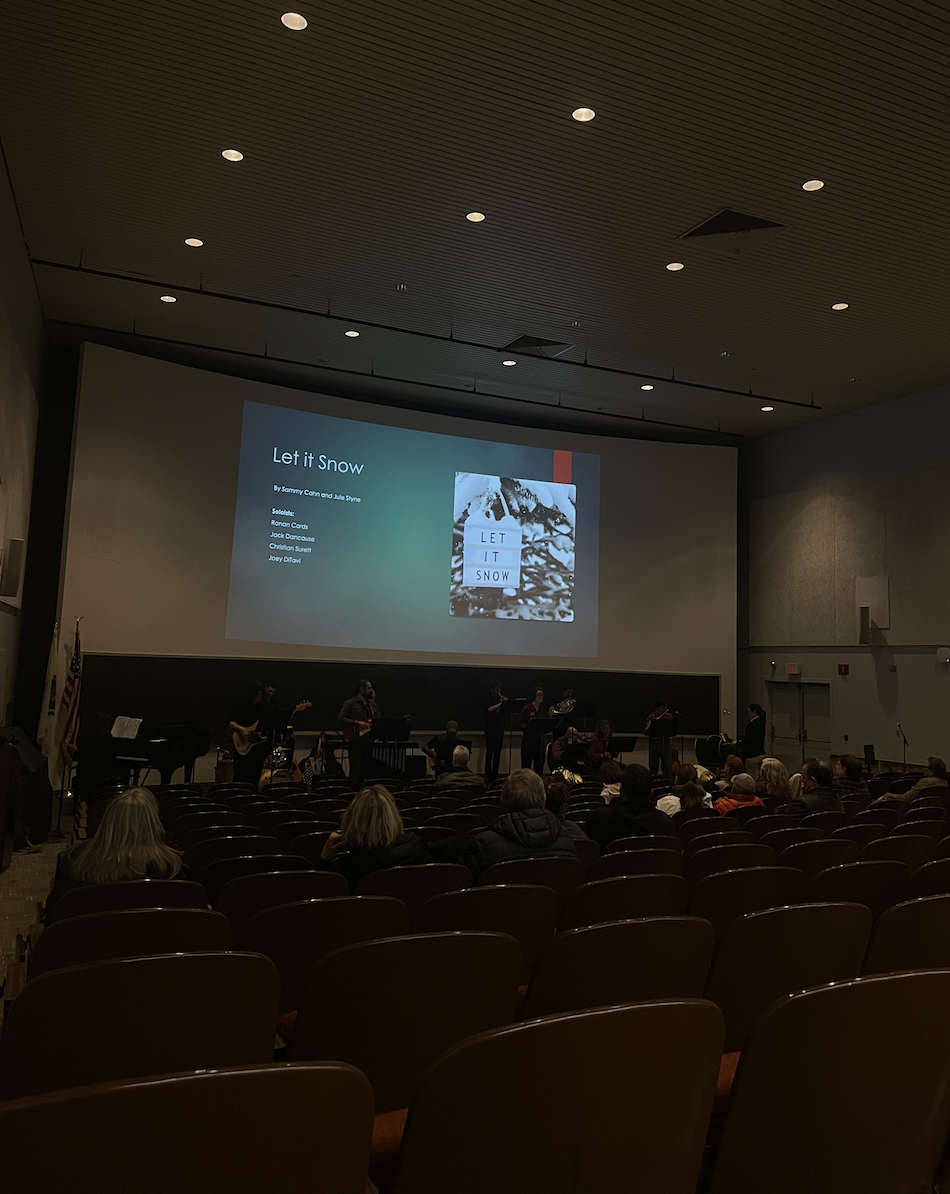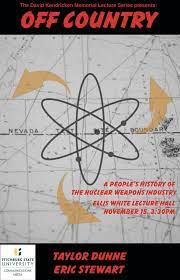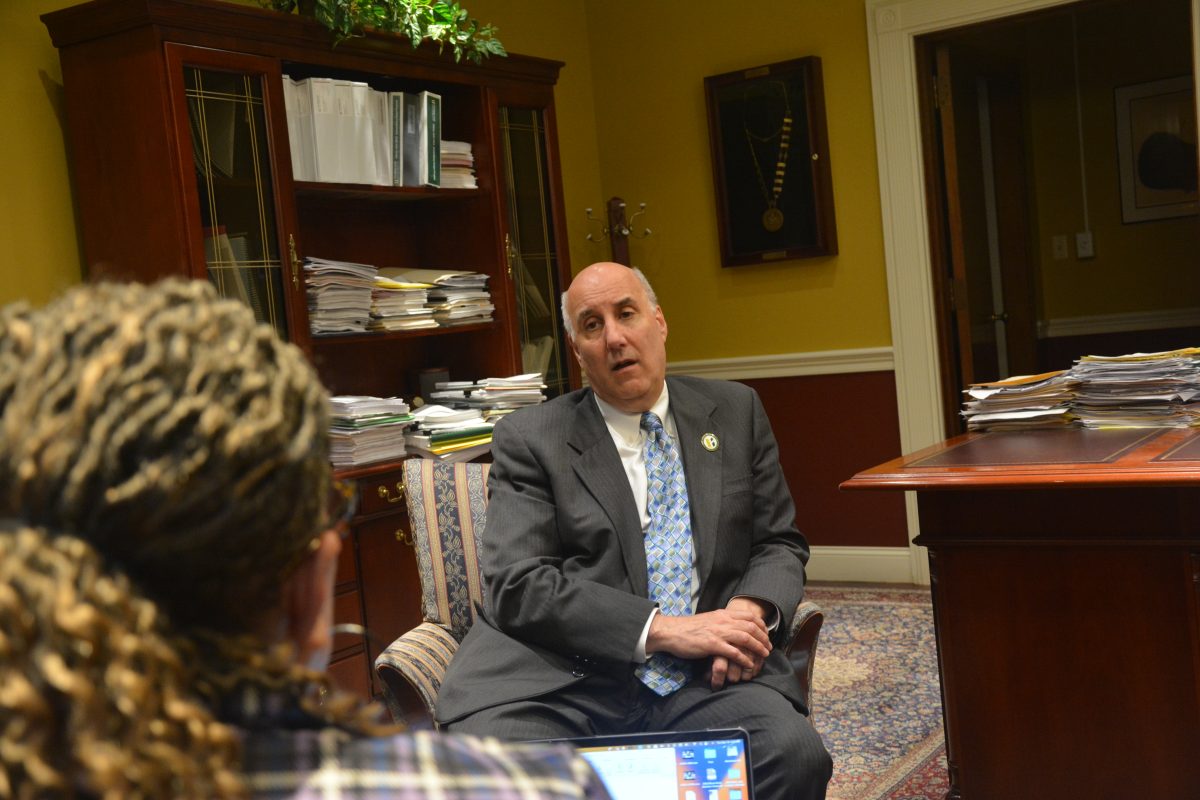By Tim Nicastro

Scotland has the Loch Ness Monster, the possible plesiosaur. The North American forests have Bigfoot (a.k.a. Sasquatch), the bipedal ape-human. Central America has El Chupacabra, the vampiric wolf. Everyone listens to these myths and legends and believes them to be just that. Everyone except for the cryptid hunters.
Typically viewed as a fringe group, somewhere along the lines of conspiracy theorists and alien abductees, their goal is to search for scientific evidence of the creatures’ existence. Unfortunately, their works are not as conventional as the factual research conducted by zoologists to identify or track animals; they’re theoretical. Cryptid hunters will often scour possible evidence (e.g. unfamiliar footprints, droppings, marks on trees, or witness testimony) to prove the existence of these creatures.
“Considering how vast the earth is and how long it’s been around relative to how long humans have been around, it’s hard to believe we’ve found everything it hides,” says Westminster native and amateur cryptid hunter Chris Capone.The hunters go in knowing full well that these creatures may not exist, but they don’t see the work as fruitless. Instead there is an inherent thrill to any scientist in being the first to discover a new species.
Capone, currently an Inventory Arborist at Davey Resource Group, has studied cryptids and cryptid hunters for about seven years now, largely as a hobby. Though he has yet to search the most notable areas of some of these legends, he does not get discouraged by his more suburban surroundings. “Give me some questions and I’ll give you some answers,” he says. “There are unknown creatures everywhere. They could be as simple as a different strain of groundhog or they could be as new as Mothman. And there’s no telling where you’ll find them.”
This means learning the ins and outs of zoological research, such as basic tracking skills. The difference from a regular zoological research, though, is the need to interrogate witnesses.“When you have a hard and firm example of an animal, you don’t really need to chat with people to find out what they’re like. You want to know about a hippopotamus? Go examine a hippopotamus,” Capone’s friend Seth Beauregard says.
Capone’s brother, Andrew, an amateur cryptozoologist, agrees with Beauregard but cautions the method. “There are stereotypes for a reason,” he says. “Some of the people who have information on cryptids are there for the attention or are ignorant or are maybe a little out of it. You have to really be able to parse through some of the falsities out there and you have to know, going in, that you’re going to get more falsities than truths. It’s kind of like an interrogation that way,” he laughs.
So which monsters are fake and which are real? Too hard to say, the group unanimously decides.
“[Bigfoot] seems likely somewhere, whether it’s in North America or abroad or both. The qualifications are all there,” Capone says. “Yeti [the Abominable Snowman] is in the same boat, but I’d hazard that it was probably just a bear covered in snow on its hind legs.”
They also all agree that there could be more logic in these myths that will be more believable to non-cryptid hunters. “Given the immense size of Loch Ness (21 square miles, 755 feet deep), I find it would be quite plausible that an aquatic cryptid such as ‘Nessie’ could exist,” Capone says. “I think one should expect to find a small population of such creatures because the survivability of a single organism roaming around for a long time is unlikely.” This is a mystery worth looking into, not just for cryptid hunters.
Categories:
The search continues with cryptid hunters
November 28, 2012
0
More to Discover






